All horology nerds listen up! The Le Garde Temps, Naissance d’une Montre project separates true lovers of watchmaking from the chaff: there is no big brand name on the dial, celebrity ambassadors, or expensive marketing campaign. It is pure watchmaking for it’s own sake, with the goal of perpetuating traditional crafts and skills.
Note: “Le Garde Temps, Naissance d’une Montre” is French for “The Timepiece, Birth of a Watch.”
In case you didn’t notice or had your head in a book for the last few months, there is, right now, in this universe, a watch that features the names Greubel Forsey and Philippe Dufour on its dial. It also says “No 01/11” on the dial and includes some incredible horology.
I’ll let that sink in for just a moment.
Has the magnitude of that occurrence hit you yet? Because it hit me ten nanoseconds after I saw the very first snapshot of the watch on our co-founder Ian Skellern’s computer screen. I almost grabbed the computer from him just to stare. Well, I did stare, I just didn’t actually grab his laptop because that would have been rude.
Regardless of how crazy my actions may or may not have been, my mental and emotional reaction was spot on: this is going to be big. My second reaction was to wonder what the heck they were doing on a dial together in the first place, especially a watch that looked incredigasmable even though it was clearly an undecorated prototype.
Then it hit me: it must be the output of the Le Garde Temps project with Michel Boulanger.
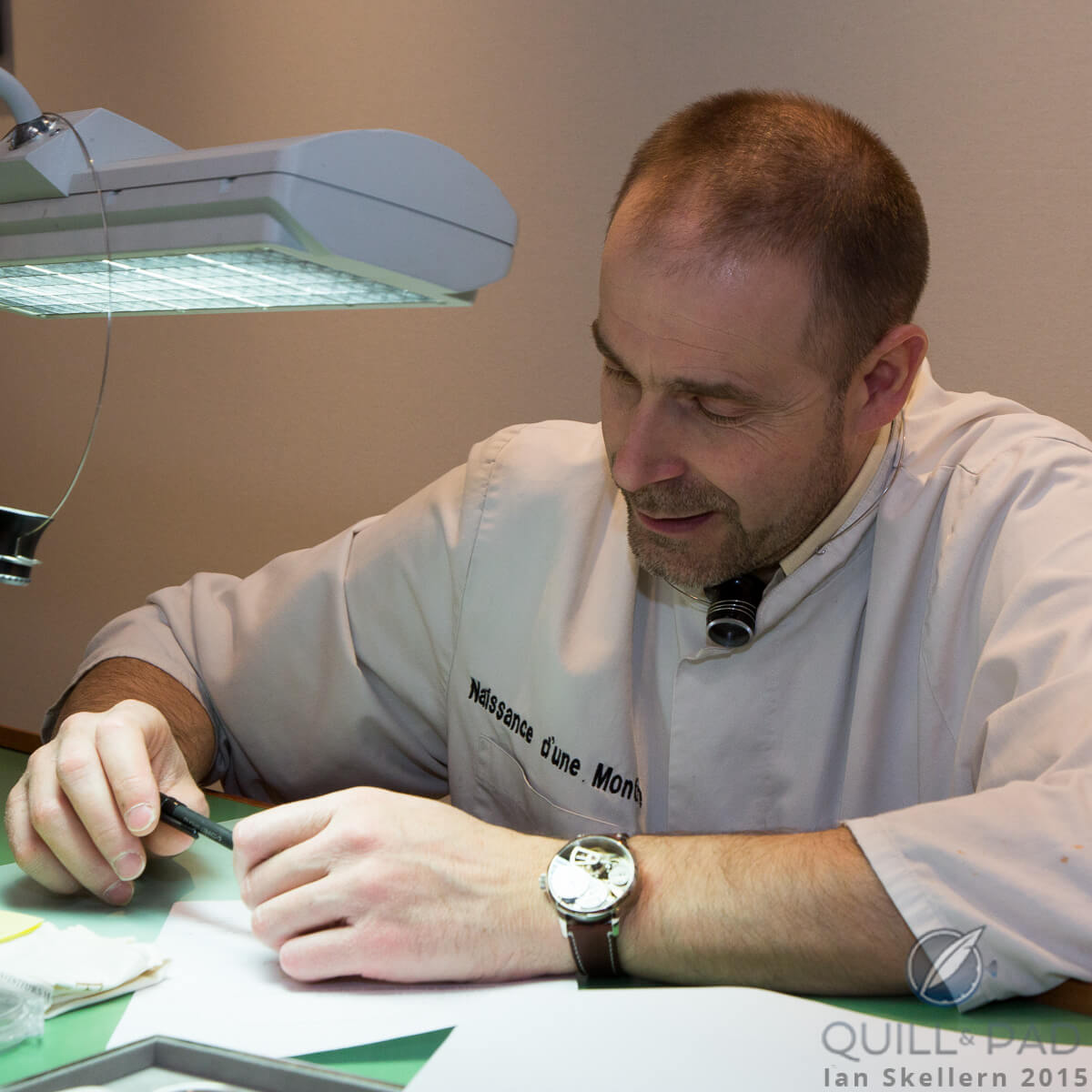
Michel Boulanger, master watchmaker and normally a teacher of watchmaking, has become a student again for the Le Garde Temps, Naissance d’une Montre project
Amazing project
The project officially began three and a half years ago, and a working prototype of the movement and gear train was shown at SIHH 2014. The project now boasts a fully working and finished watch (except for the, um, finishing of course). This piece stands poised to wow the collecting community, awe the independent community, and shatter all fears about the future of this project.
It is still a long road to be sure, with many steps and possible directions ahead, but the way looks bright.
So why is the Le Garde Temps watch amazing (aside from its looks, which I will get to in a moment) when it just is a prototype? First off, it is the result of a noble endeavor between Robert Greubel, Stephen Forsey, and Philippe Dufour, who have created a mission together to pass on traditional techniques with the practical application being a finished timepiece. Greubel, Forsey, and Dufour train French master watchmaker and watchmaking teacher Michel Boulanger how to make a high-end watch by hand, and in turn Boulanger helps train the next generation of young watchmakers in traditional techniques.
All of that collaboration and hard work has resulted in what you see here, the Naissance d’une Montre watch, a completely, traditionally handmade, high-precision watch.
No CNC and no automated equipment, just straightforward and painstakingly slow manual fabrication. As anyone who makes things for a living will know, fabricating anything by hand is simply the last way you want to do anything.
Don’t get me wrong, I love testing my skills and the pride in a job well done, but when up against a deadline or when aiming for pure accuracy, sometimes it’s best to let the machines do the hard work. Boulanger stood up to the task and his efforts look like they are paying off.
Tourbillon minimalism
Classically styled, stout, handmade plates and bridges holding the gear train, the mounted dials, and the balance remind us that this timepiece was designed to be as straightforward as possible (tourbillon aside). Clean and rigid, only the tourbillon bridge has any portion cut away and it’s very minimalistic.
It’s pretty clear from this that the purpose has never been to make a modern design or something very commercial, but instead to focus on the purpose of the project: to disseminate knowledge. Of course, what better way than give a practical, hands-on example for each step, with plenty of opportunity for practice – hence the eleven examples that will be made.
There are many dominating elements to this watch, including the large handmade tourbillon and the bi-directional winding click mechanism sitting atop the mainspring at 12 o’clock. The winding click features wolf’s teeth on the outer wheel and a double click system sitting inside of that allowing for a quick and useful winding mechanism seen only on a few high-end watches. For improved precision, the movement has stop works so it only uses the flattest part of the mainspring’s torque curve.
The tourbillon is another matter entirely. Made fully by hand on a manual mill and lathe (not to mention a few other machines, I am sure) it is a true feat of expertise. Making those components is already tough as there are so many critical dimensions, especially on the balance wheel. Making them entirely by hand makes for a much bigger challenge to hold tolerances and keep everything running true. The balance is no simple wheel, either.
No, this balance is a complicated design set to optimize maximum rotational inertia and maximize the pain in the rump this thing must have been. Granted there are balance screws to adjust if the wheel isn’t perfect, but with this complexity, it would be tough to make up for a lopsided wheel with just a screw adjustment.
The entire tourbillon assembly is balanced under a single-sided bridge containing a screwed gold chaton. Finally, there are two separate dials, one for hours and minutes at 2 o’clock, the other for seconds at around 8:30. Both are simple, clean, and entirely legible with their blued steel hands.
Moving to the back of the movement, there is a full main plate with a cutout underneath the mainspring. The mainspring is supported on the bottom by a jeweled bridge mimicking the tourbillon bridge from the front. The main plate is scattered with jewel bearings and two gears that mesh with the keyless works and the mainspring barrel.
Minimalism revisited
All of this sits fully functioning but undecorated in a simple case (very un-Greubel Forsey and un-Philippe Dufour) waiting for its spa day, where it can become a beautiful swan. As with all prototypes, there are probably minor changes to make while beautifying, but it looks and works great and I am excited to see what decorative finishing choices they will go with.
Though I have seen the great wonder and heard the story, I cannot imagine what it will be like when the likes of Greubel Forsey AND Philippe Dufour get their say in the finishing.
Based on the amount of time it took to complete a fully functioning and cased up watch, I would not be surprised if the finishing and decoration takes an entire extra year since traditional (and time-consuming) techniques will most likely be employed. But that is the best part: since this is first and foremost a learning tool no hard deadlines need to be hit. Instead they can take their time teaching and learning and making this watch the very best it can be.
I can only imagine what the people who have already showed interest in purchasing one of the eleven are thinking as they await the finished product, but I guess it might be similar to a child’s feelings on Christmas Eve, and morning can’t get there fast enough! I know I have many other amazing watches to tide me over with until then, but I will also be keeping an eye on the progress and drool as more details and progress shots surface.
So until we have the final steps in this amazing journey, keep an eye on the project site and follow along with history in the making.
It is certain not to disappoint! Stay nerdy, my friends.
For more information, please see The Le Garde Temps Project: A Horology Nerd’s Dream Come True.

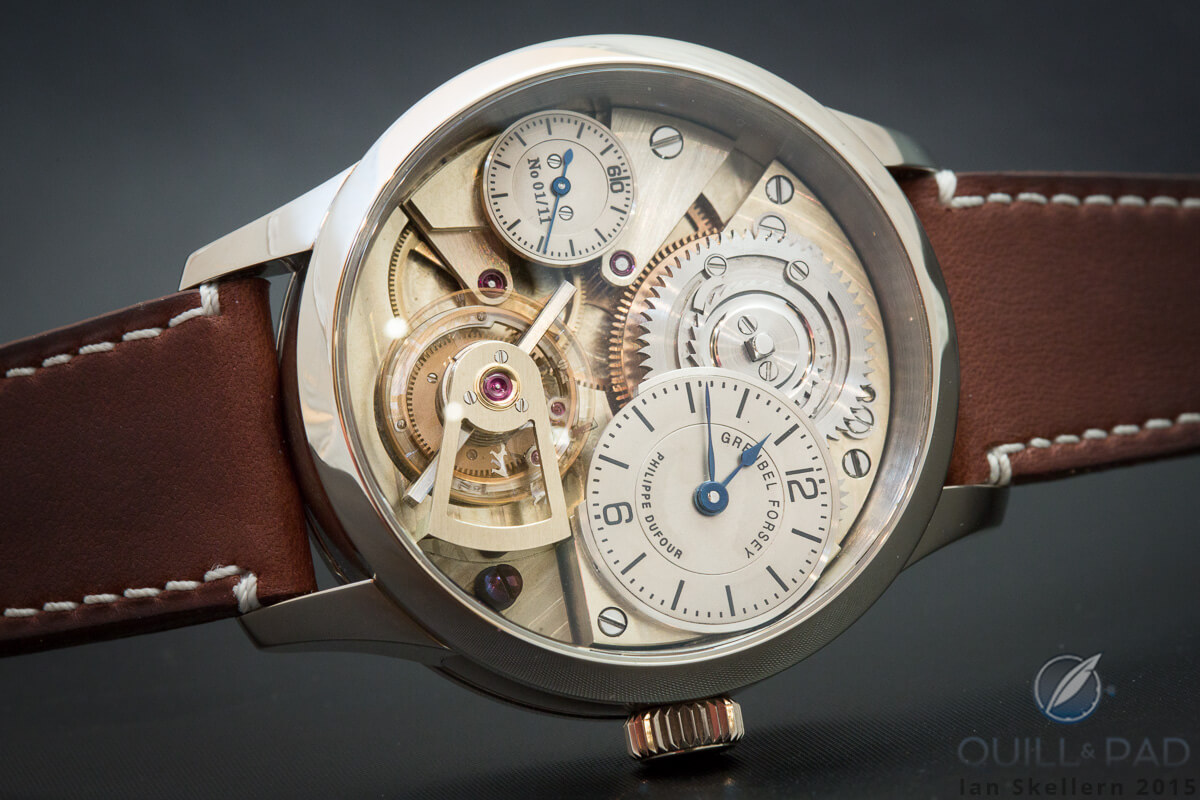
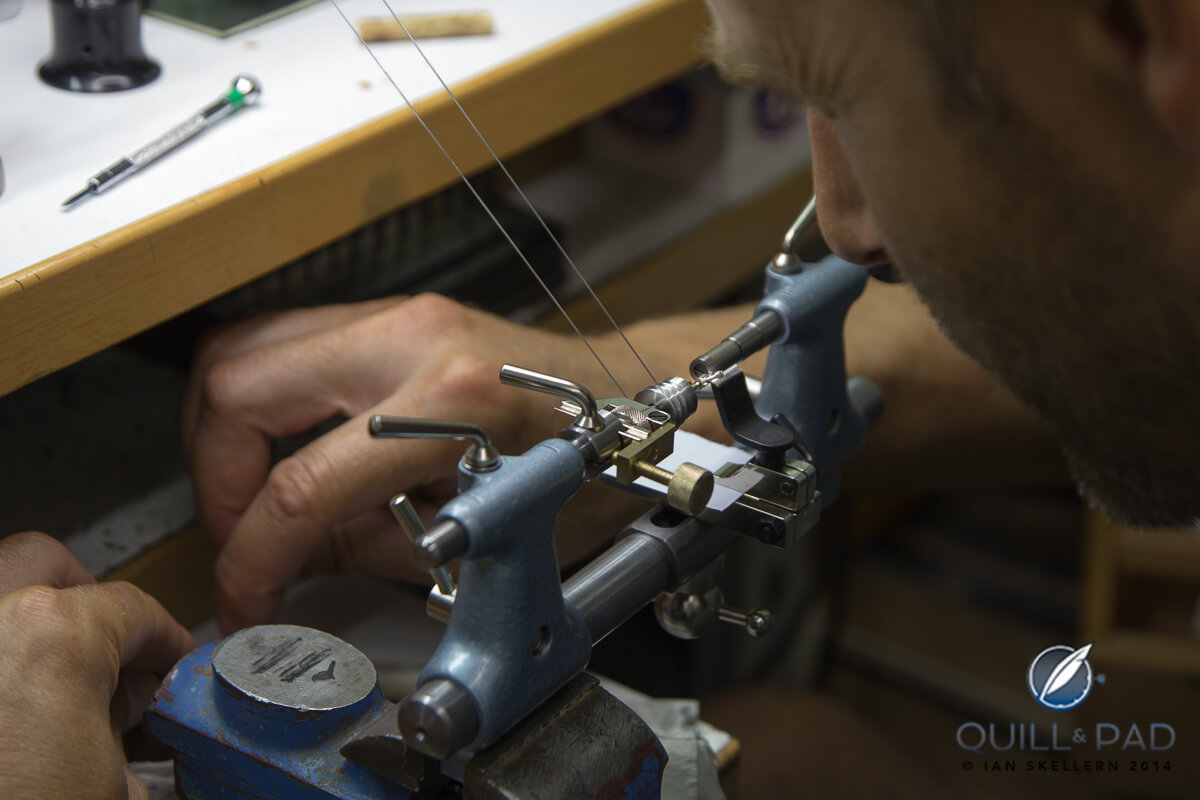
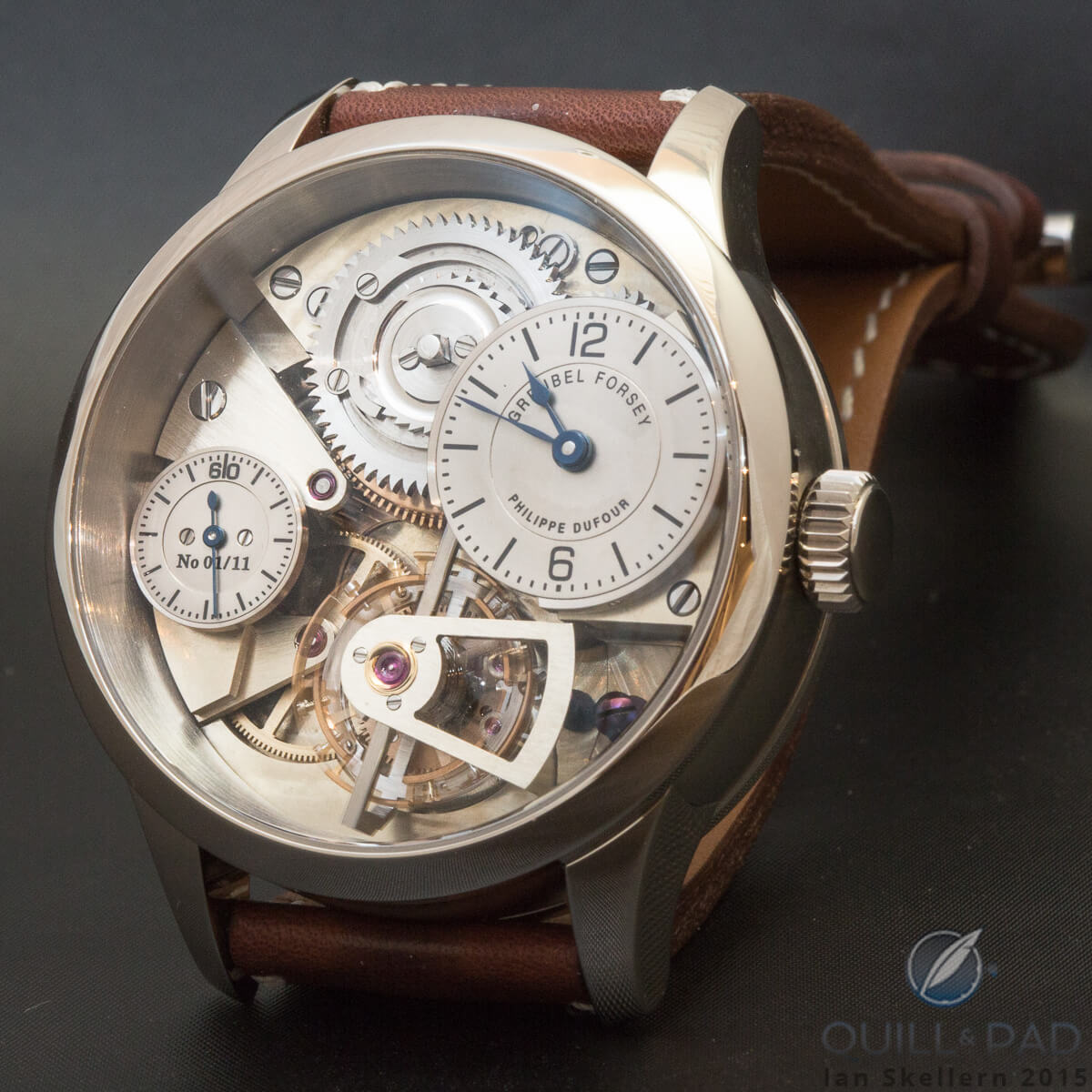
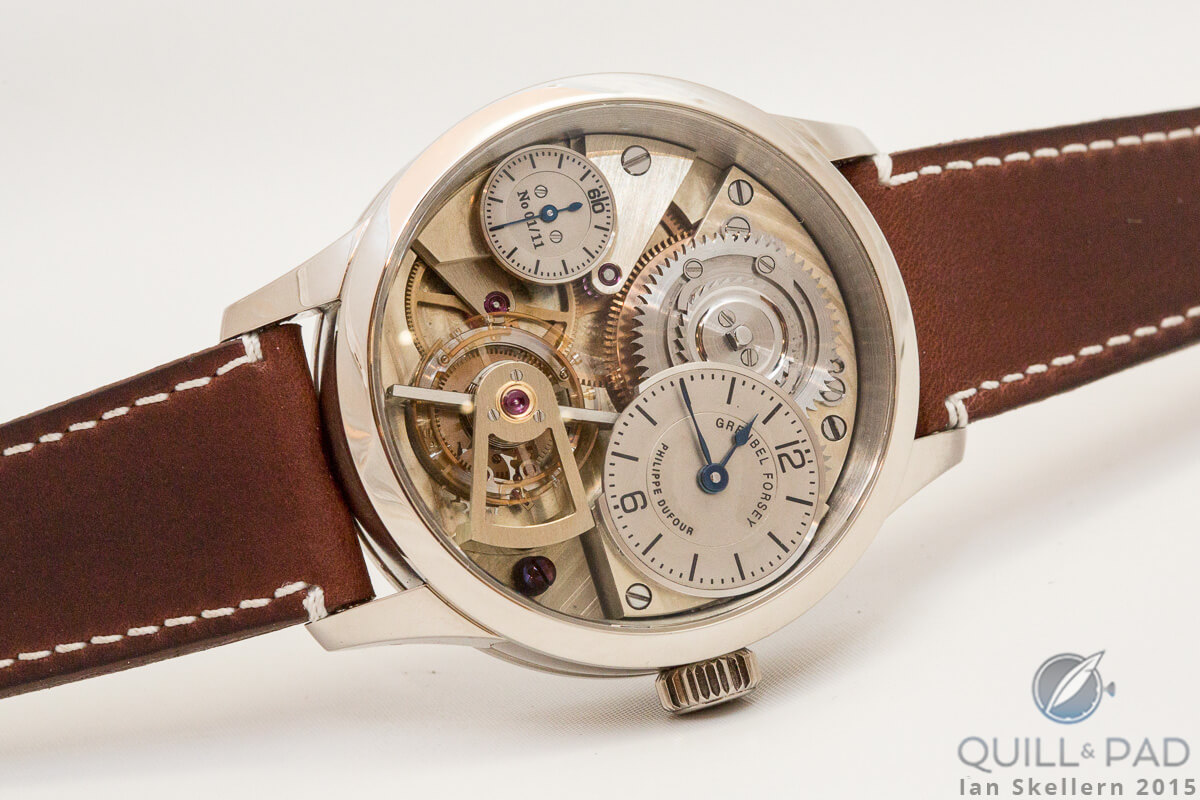
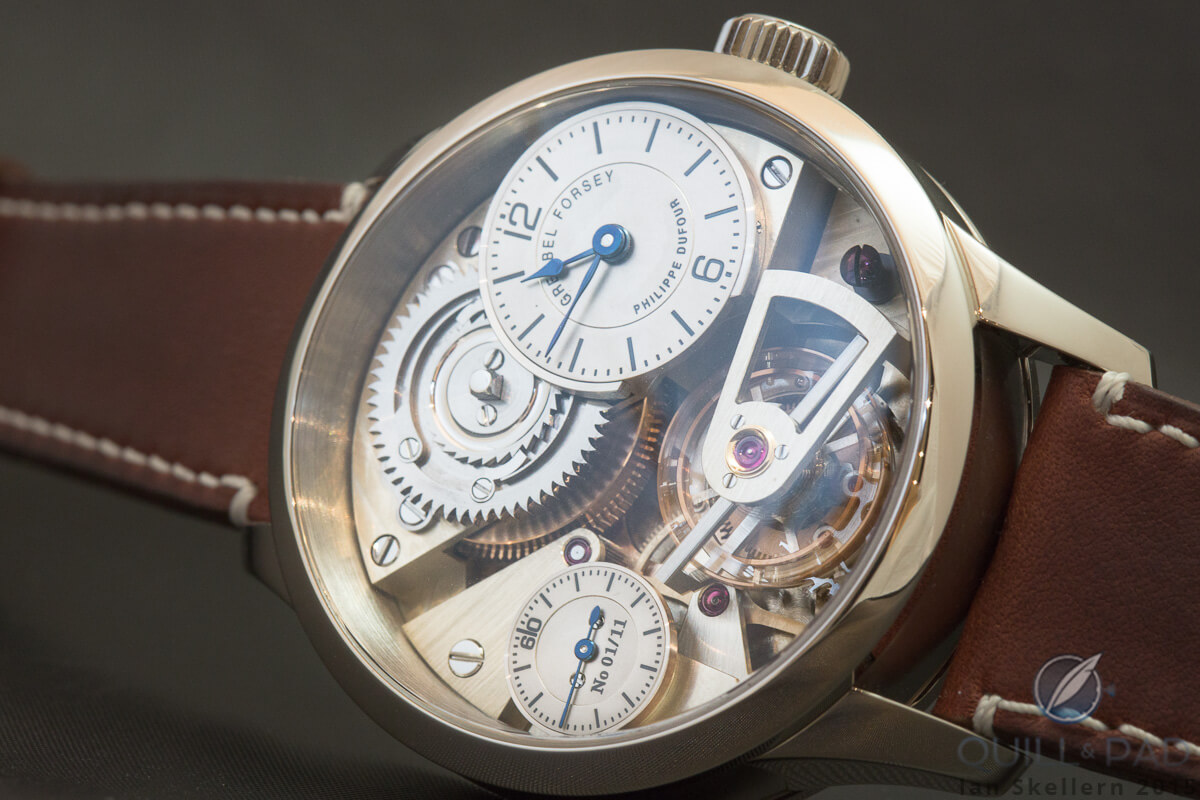
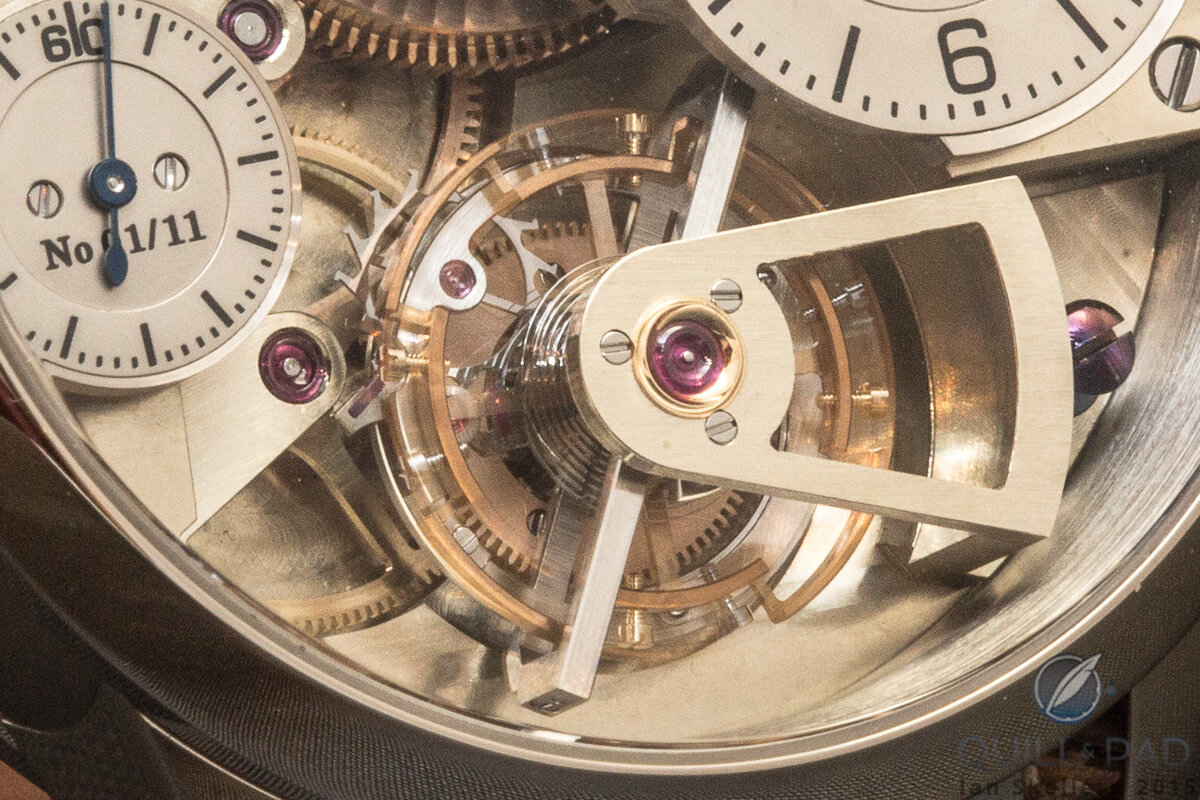
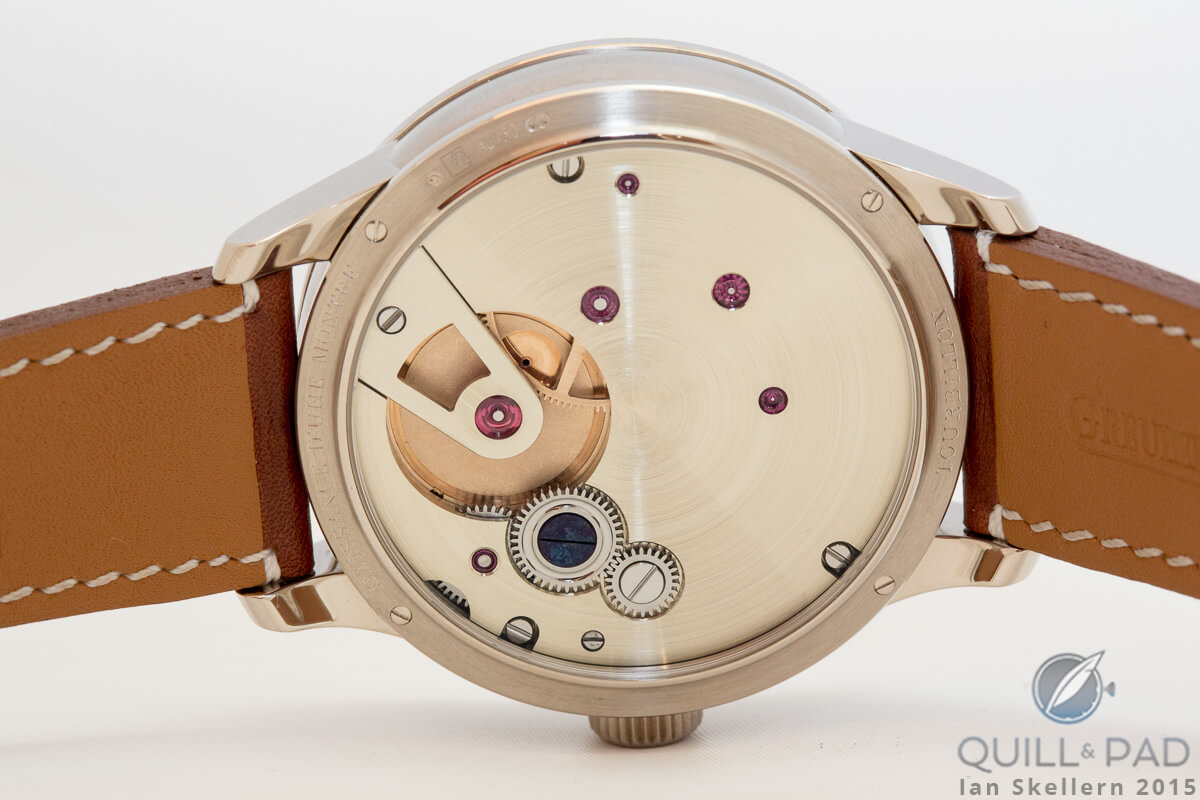
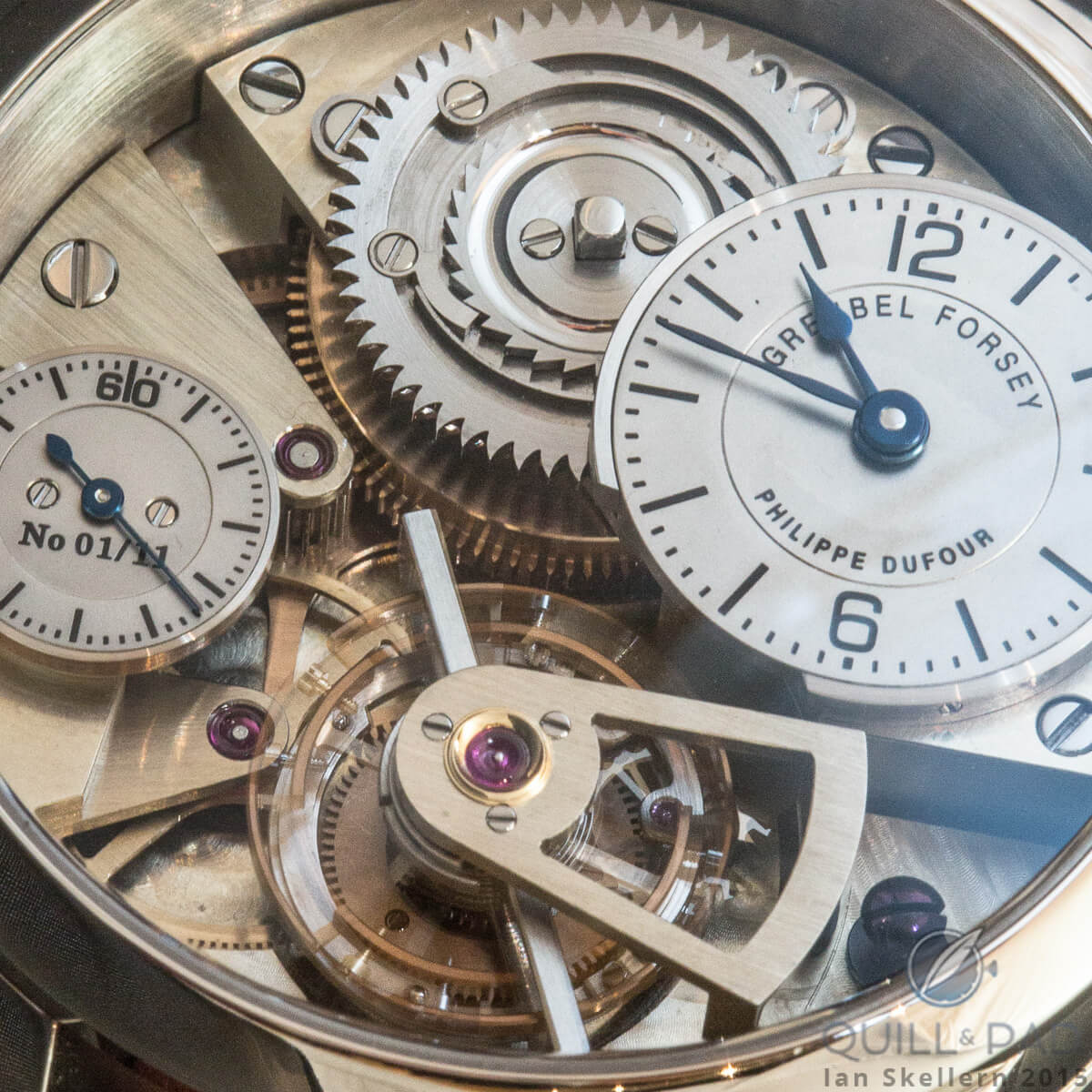

Trackbacks & Pingbacks
[…] last big undertaking by the Time Aeon Foundation was the Naissance d’une Montre (“birth of a watch”) project, which began in 2009 and is in its last (production) stage […]
[…] Part of greatness, of course, is leaving a legacy; not only through one’s own works, but in the skills and inspiration passed on to those who follow. Dufour has done this very directly through the Naissance d’un Montre project with Greubel Forsey (see Le Garde Temps Project With Greubel Forsey And Philippe Dufour: Where It’s At And Where To Next). […]
[…] Its most high-profile project to date has been Naissance d’une Montre – Le Garde Temps (see Le Garde Temps Project With Greubel Forsey And Philippe Dufour: Where It’s At And Where To Next), which saw Robert Greubel, Stephen Forsey, and Philippe Dufour (as well as many others) teaching […]
[…] the following articles interesting: The Le Garde Temps Project: A Horology Nerd’s Dream Come True Le Garde Temps Project With Greubel Forsey And Philippe Dufour: Where It’s At And Where To Next A Hero’s Journey Begins And Ends: Naissance d’Une Montre, Le Garde […]
Leave a Reply
Want to join the discussion?Feel free to contribute!